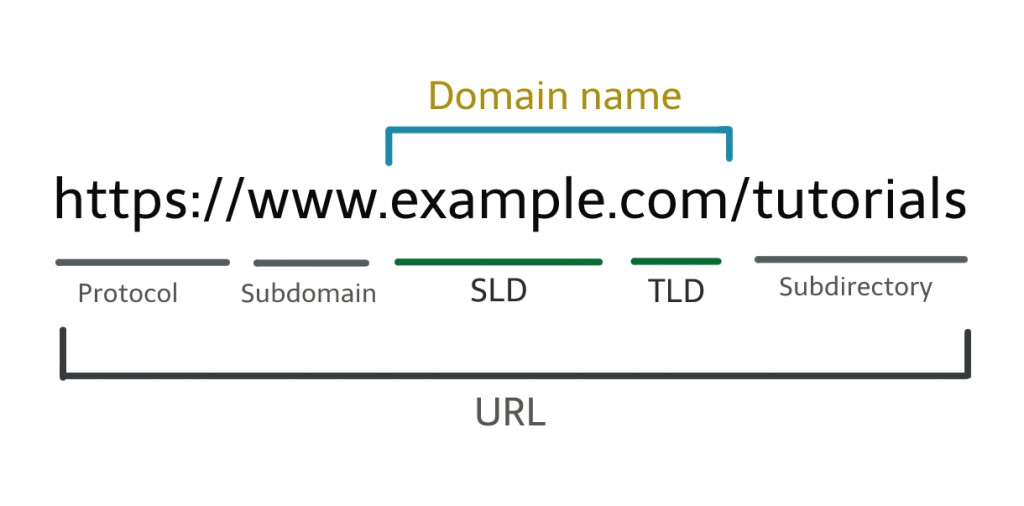Site ID
Throughout the documentation, you’ll see references to the Parse.ly Site ID. Parse.ly Support generates this value during the initial integration stage. Your technical team will use this value when incorporating add-on features. This value will appear at the top of your dashboard and in your reports.
Terminology
Sometimes you might here us using the term “apikey”. This is synonymous with “Site ID”. All customers have at least one Site ID/apikey, but not all customers have access to the Parse.ly API. The API is a premium add-on feature that also requires an API Secret that is not visible to customers without API access.
Format
Typically the production Site ID consists of the Domain name, e.g., example.com. As for Sandbox Site ID’s they often take one of two forms:
sandbox.example.comif you only have a single production dashboardsandbox.publisher-nameif you have multiple production dashboards

Subdomains
Consolidated tracking
Parse.ly automatically tracks the subdomains that belong to a given Site ID. So if you have content at blog.example.com then you would still use example.com as the Site ID that you specify in the tracking code.
You would still be able to find your content performance in your dashboard through a variety of ways:
- Open in Parse.ly bookmarklet
- Browsing the dashboard by your provided metadata
- Search
Split tracking
Suppose your site has two, or more, subdomains that each have their own audience and content strategy. It’s important to you that these be treated as separate entities. In that case we can assign unique Site IDs. You would then have multiple dashboards — each with its own users. And while the dashboards may be split, you can join them together with the Network Rollup or Site Group views.
Limitations
While you would have enhanced navigation and control with split tracking, you would also face a couple of limitations.
- Overlay does not track across Site IDs.
- API results will be siloed within each Site ID (if purchased).
Subdirectories
In the same way that we automatically track subdomains, we also automatically track subdirectories. Another similarity is that you could split subdirectories into their own dashboards if that is a requirement. We would format subdirectories as follows: www.example.com/subdirectory would yield the Site ID of subdirectory.example.com. The same advantages and disadvantages of split tracking apply.
If you track all of your subdirectories under a single Site ID (the default and recommended choice), then you can easily focus on each subdirectory with our Path Filter.
Changing domains
With time, you may decide to rebrand your site and choose a new second-level domain (SLD). An important thing to know is that Parse.ly does not track cross-domain by default. So what are you to do? First, read this primer on migrations. Second, consider these two options:
Hold on to your data
If you would like to be able to use your historical data (most people do) for trend analysis, comparison mode, and more, then this is the option for you. All you would need to do is tell us your new domain name and we will allow list this to your old Site ID. So, when your new sites starts sending pageviews claiming it to be your old site, we’ll know it’s legitimate and intentional.
A fresh start
If you want to forget the past and never look at your old Site ID, that’s okay too. We’ll issue a new ID and you’ll send your page views there.
Last updated: June 05, 2025